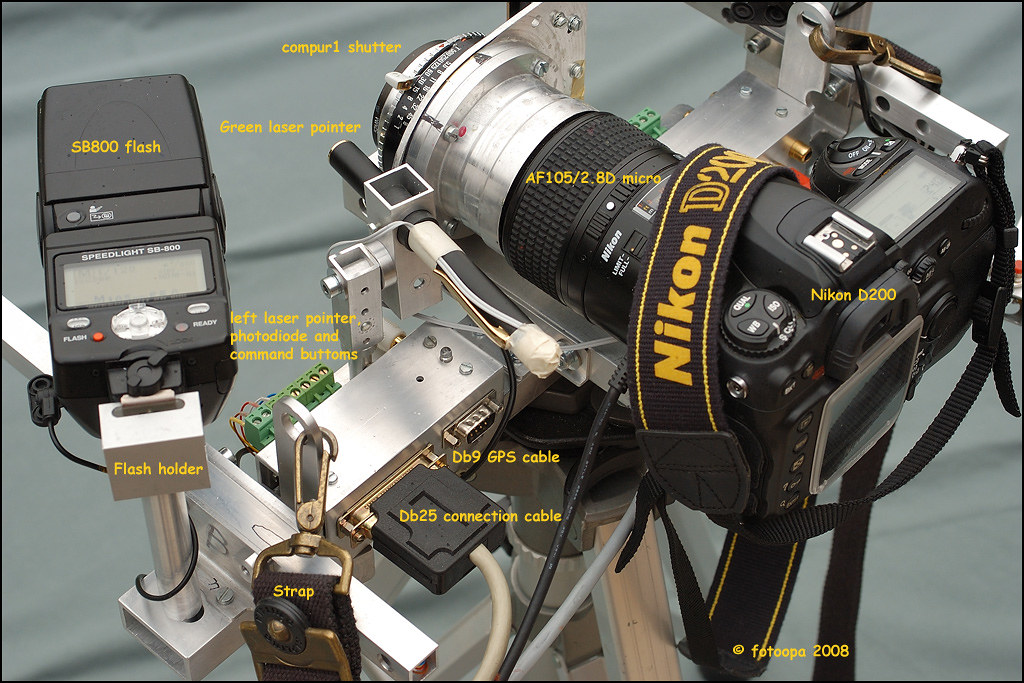Kan er iemand mij duidelijk uitleggen hoe ik moet te werk gaan om via flitsen een supersnelle sluitertijd te creëren ?
Bedoeling is om met de macrolens insekten in de vlucht te fotograferen.
Bedoeling is om met de macrolens insekten in de vlucht te fotograferen.



Comment